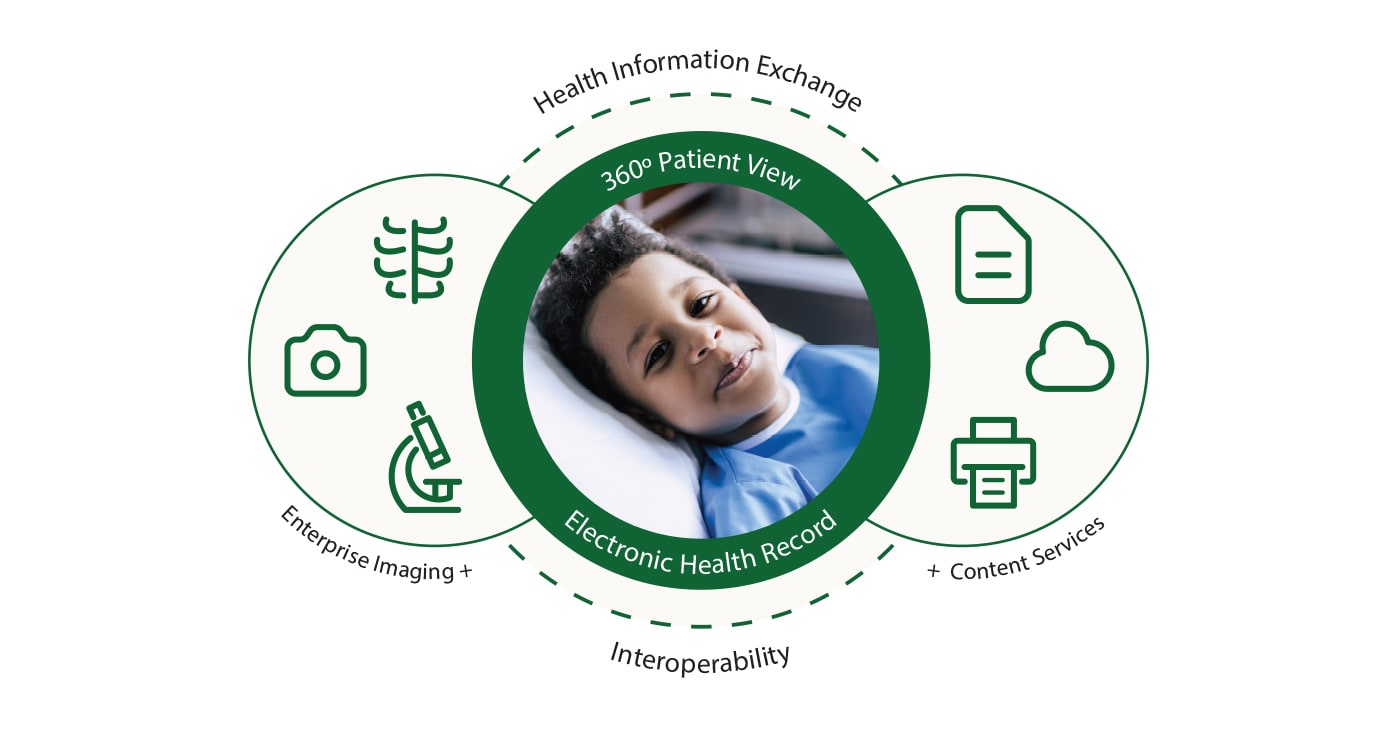Ideal Healthcare RCM Practices to Boost Functional Performance and Collections
Wiki Article
A Comprehensive Guide on Just How Medical Care RCM Functions to Improve Invoicing and Collections
Browsing the intricacies of health care revenue cycle management (RCM) is important for providers intending to boost their invoicing and collections procedures. The guide unloads the ins and outs of RCM, from person enrollment to receivables administration, using insights right into enhancing each step. Incorporating sophisticated innovation and standard treatments can substantially decrease insurance claim denials and speed up settlement cycles. Yet, the true challenge depends on perfectly merging these components to increase cash flow. As we discover the core elements and methods that drive effectiveness, one concern stays: exactly how can health care entities best setting themselves to thrive economically in an ever-evolving market?Comprehending Profits Cycle Administration
Grasping the intricacies of Income Cycle Monitoring (RCM) is vital for health care companies intending to maximize their economic performance. RCM is a critical management function that encompasses the entire financial procedure of patient treatment, from the initial consultation setting to the last payment of the equilibrium. It is an intricate treatment developed to recognize, collect, and handle the revenue from the services given to patients. Efficient RCM ensures that doctor obtain prompt and accurate payments, decreasing the danger of earnings loss and boosting capital.The RCM procedure begins when a patient schedules an appointment and extends through the patient's care trip, consisting of invoicing and collections. A key purpose is to reduce the time between getting and providing a solution settlement, hence improving the company's monetary health. RCM includes different functions such as individual enrollment, insurance coverage verification, fee capture, coding, declares entry, payment posting, and managing denials and charms.
Secret Parts of RCM
In the world of Revenue Cycle Monitoring (RCM), understanding its vital parts is basic to accomplishing monetary efficiency within health care companies. RCM is a comprehensive procedure that incorporates different stages, each vital to making certain effective invoicing and collections. The main parts consist of client enrollment, insurance coverage verification, charge capture, coding, case submission, payment uploading, and balance due monitoring.
As soon as coded, cases are sent to payers, where precision is vital to avoid beings rejected or hold-ups - Healthcare RCM. Payment uploading involves videotaping the gotten repayments, which permits for the settlement of accounts. Lastly, receivables administration concentrates on monitoring and attending to unsettled insurance claims, making sure prompt follow-up and resolution
Each element of RCM is adjoined, and inefficiencies in any type of part can disrupt the entire cycle. Therefore, mastering these aspects is vital for doctor to optimize earnings and improve their monetary health and wellness.
Approaches for Reliable Billing

Systematizing invoicing treatments throughout the organization is one more vital method. Establishing clear guidelines for paperwork, coding, and entry helps maintain consistency and compliance with regulatory requirements. Educating personnel regularly on these procedures guarantees every person is up-to-date with the most recent modifications in invoicing codes and payer policies.
Precise cost capture is vital in preventing profits leak. Applying regular audits and surveillance systems enables the identification and improvement of discrepancies before they influence earnings. In addition, keeping open lines of interaction with payers aids to promptly deal with any type of conflicts or misunderstandings that may arise.

Finally, appealing people early in the invoicing procedure by offering clear price quotes and educational materials about their monetary duties can significantly lower confusion and enhance payment timeliness. These methods collectively add to a much more efficient and financially healthy and balanced invoicing system.
Enhancing Collections Processes
A robust collections process is crucial for keeping financial security within health care companies. Provided the complexities of clinical billing and the variety of payer requirements, boosting the collections procedure entails implementing strategic actions that make sure accurate and timely payment of solutions made. Central to this is using modern technology to automate and improve procedures, boosting and lowering manual errors performance. Automation devices can help in tracking insurance claim standings, sending out timely reminders to individuals, and managing rejections better.Educating staff to understand the subtleties of insurance coverage policies and billing codes is equally vital. This understanding equips them to attend to billing discrepancies swiftly and interact successfully with patients regarding their financial obligations. Furthermore, clear and clear patient communications are essential. Giving in-depth explanations of charges and providing adaptable layaway plan can increase person satisfaction and punctual repayments.
Regular audits of the collections procedure need to be performed to identify locations for enhancement and make certain compliance with policies. By examining data, medical care organizations can recognize fads, expect potential issues, and adjust techniques as necessary (Healthcare RCM). Eventually, a browse around here well-enhanced collections procedure not only sustains financial health but also adds to a more seamless experience for clients and team alike
Optimizing Earnings Streams
Building upon the structure of a solid collections procedure, medical care organizations can better reinforce their monetary stability by purposefully maximizing earnings streams. This entails a multi-faceted approach, beginning with a thorough analysis find out here of existing earnings sources to recognize inefficiencies and locations for development. Employing sophisticated information analytics tools makes it possible for organizations to acquire understandings right into payer mix, person demographics, and solution utilization patterns, permitting data-driven decisions that enhance earnings capture.Executing automated invoicing systems can considerably lower mistakes and speed up insurance claims processing, guaranteeing that income is accumulated a lot more efficiently. In addition, enhancing payer agreements via routine arrangements can improve compensation rates and terms, straight impacting the bottom line. Diversifying service offerings, such as integrating telehealth or health care, can also draw in a wider patient base, therefore raising income capacity.
One more important part is enhancing client engagement and satisfaction, as satisfied clients are most likely to comply with treatment plans and make timely repayments. Using adaptable settlement alternatives and transparent payment practices can enhance collections and foster individual commitment. Healthcare RCM. By adopting these techniques, medical care companies can develop an extra durable financial framework, making sure continual development and security in an ever-changing market landscape
Final Thought
Finally, healthcare Revenue Cycle Management (RCM) plays an important duty in optimizing billing and collections processes by incorporating crucial elements such as client registration, insurance policy confirmation, fee capture, coding, claims entry, and balance due management. By using sophisticated innovation, systematizing treatments, and promoting view it individual involvement, healthcare service providers can significantly minimize case denials, increase settlement cycles, and improve money flow. This comprehensive approach to RCM inevitably leads to improved economic effectiveness and sustainability for healthcare companies.The RCM process starts when a person schedules a consultation and prolongs through the individual's care trip, consisting of invoicing and collections.Another critical element is enhancing client involvement and fulfillment, as satisfied individuals are extra likely to stick to treatment strategies and make timely repayments. Supplying versatile settlement options and transparent invoicing techniques can boost collections and foster client commitment.In verdict, healthcare Income Cycle Administration (RCM) plays a vital duty in optimizing invoicing and collections processes by integrating crucial elements such as individual registration, insurance confirmation, cost capture, coding, asserts entry, and accounts receivable administration. By utilizing advanced technology, standardizing procedures, and promoting patient engagement, health care companies can significantly decrease claim denials, accelerate payment cycles, and improve cash circulation.
Report this wiki page